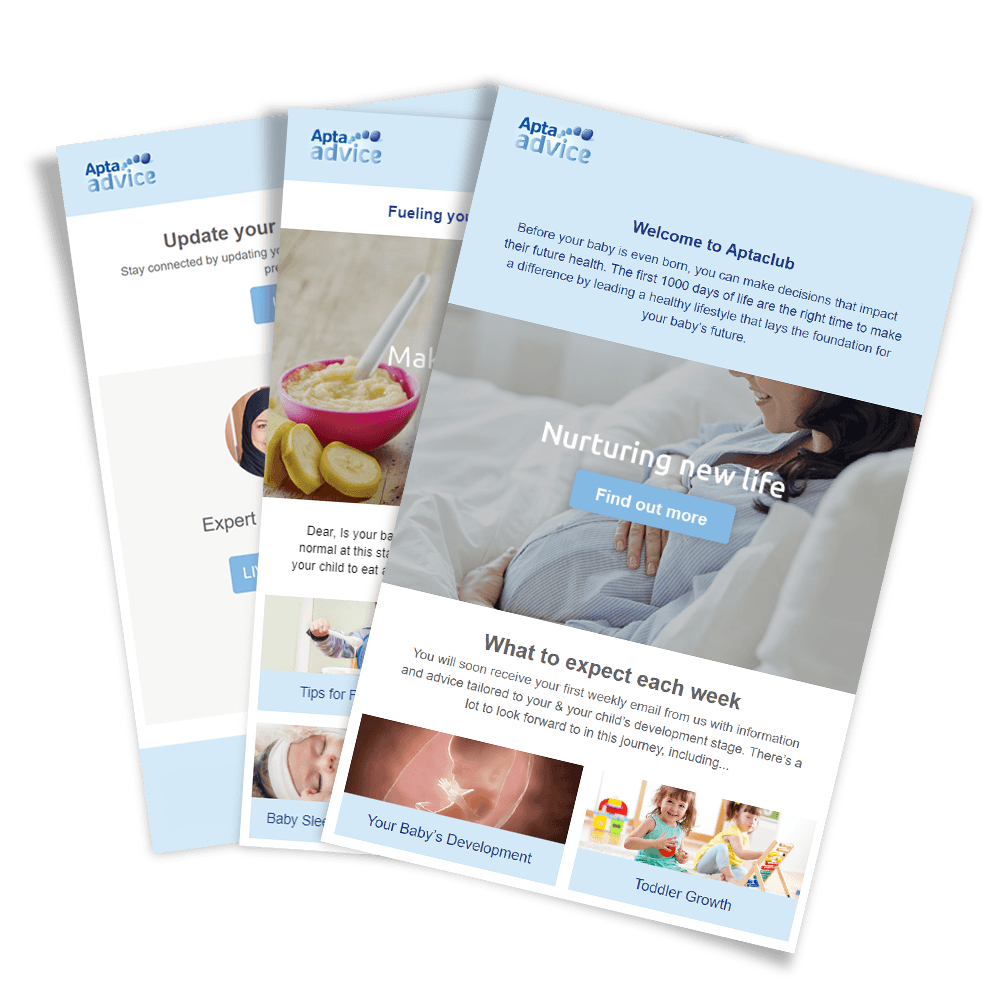Safe storage of breast milk

If you’re planning on going back to work or need a bit more flexibility, you’ll probably want to express and store breast milk. Find out everything you need to know about safe breast milk storage here.
It is evident that the antibodies and other components of breast milk show little change during proper storage. In contrast, breast milk produced by the mother’s body changes in composition according to the baby’s growth, altering the components to his changing needs.
This is why it is better to use frozen or refrigerated breast milk as soon as possible. Breast milk doesn’t last forever, so remember to write the date on the bottle or bag before you store it. It is also important to know proper breast milk storage techniques.
You need a few supplies to keep breast milk fresh and safe for your baby after pumping such as:
- Breast milk storage bags or bottles — these are made specifically to store expressed breast milk and can be found at the pharmacy
- Insulated cooler bag — If you are planning to use your breast pump outside the house, you will need a small cooler bag to keep your expressed milk cool until you get home
Guidelines for Safe Breast Milk Storage*
*Storage guidelines might differ for preterm, sick or hospitalized infants.
Expressed breast milk is an ideal way to feed your baby when you’re apart. However, some research suggests that the longer you store breast milk — whether in the refrigerator or in the freezer — the greater the loss of vitamin C in the milk.
Other studies have shown that refrigeration beyond two days might reduce the bacteria-killing properties of breast milk and long-term freezer storage might lower the quality of fat in the breast milk.
Considering the baby’s constantly changing nutritional needs, it is also important to note that breast milk expressed when a baby is a newborn won’t fully meet his needs when he is older.
How to thaw and warm breast milk
- To thaw frozen milk, place the bottle or bag in the refrigerator or swirl it in a bowl of warm water
- Make sure the bottle or bag is sealed so that water doesn’t get into the milk
- Pour the amount of thawed milk you need for your baby into a bottle for feeding
- Once the milk is thawed, use it within 24 hours
- To warm thawed milk, place the bottle or bag under running hot water or in a bowl of warm water.
- Never heat breast milk in the microwave. The milk can heat unevenly and create hot spots that could burn your baby’s mouth.
- Before you give the milk to your baby, shake the bottle gently
- Test the temperature by sprinkling a few drops on the back of your wrist. If it’s too hot, give it time to cool or run the bottle under cold water.
- Breast milk that has been warmed once should not be refrigerated or frozen
Benefits of expressing your breast milk
Ideally, it’s best to wait until natural breast feeding is established before giving your baby expressed breast milk; introducing a new feeding method early on, while your baby is still getting comfortable with breastfeeding may cause them some confusion.
There are many benefits to expressing & storing your breast milk for later use:
- If you are away from your baby and cannot breastfeed
- If your breasts feel uncomfortably full; you are producing extra milk.
- If you would like your husband or loved ones to bond or spend time with your baby by feeding them
- If you want to store breast milk for use while weaning; mixing breast milk with your baby’s first solid foods
Related Articles

Join Aptaclub
Get week-by-week updates on your baby’s development and your pregnancy. Receive expert advice, postal packs for your stage and much more

Monitor your child’s growth
Compare your child’s weight with other children their age
Need advice?
Our team of experts is ready to answer your questions and support you on your journey from pregnancy to toddler hood. For more information and relevant advice, please contact us between 9am-6pm from Sunday to Friday.




